Optimal Timing for Siding Service
Scheduling siding service at optimal times can enhance durability and installation quality. Weather conditions, temperature, and humidity levels influence the effectiveness of siding installation and repairs. Understanding seasonal factors helps determine the most suitable periods for service.
Spring offers moderate temperatures and lower humidity, ideal for siding installation and repairs. This season allows for proper curing and adhesion without extreme weather disruptions.
While summer provides warm weather, high temperatures and humidity can affect siding materials. Early summer is preferable for service to avoid heat-related issues.
Fall's cooler temperatures and dry conditions make it suitable for siding projects. Scheduling in early fall ensures completion before winter.
Winter presents cold temperatures and potential snow or ice, which can hinder siding installation and affect material performance. It is generally not recommended during this season.
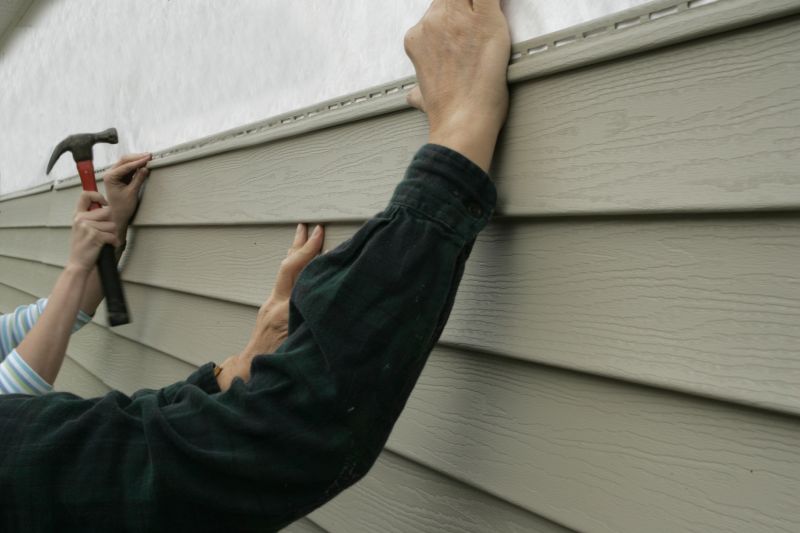
Ways to make Siding Service work in tight or awkward layouts.
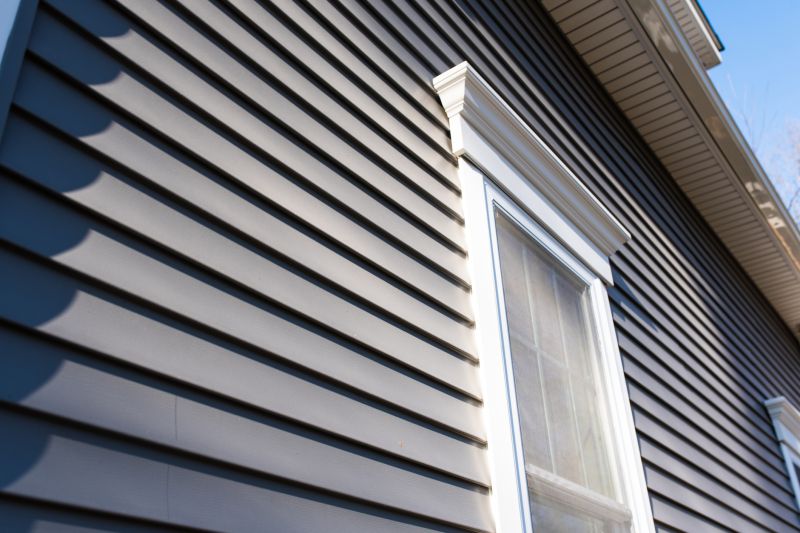
Popular materials for Siding Service and why they hold up over time.

Simple add-ons that improve Siding Service without blowing the budget.
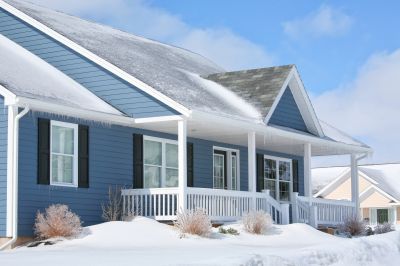
High-end options that actually feel worth it for Siding Service.

Finishes and colors that play nicely with Siding Service.
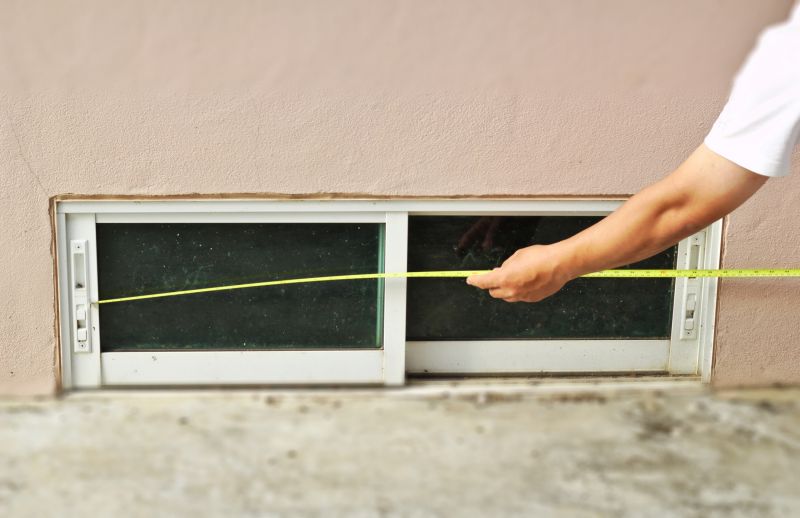
Little measurements that prevent headaches on Siding Service day.
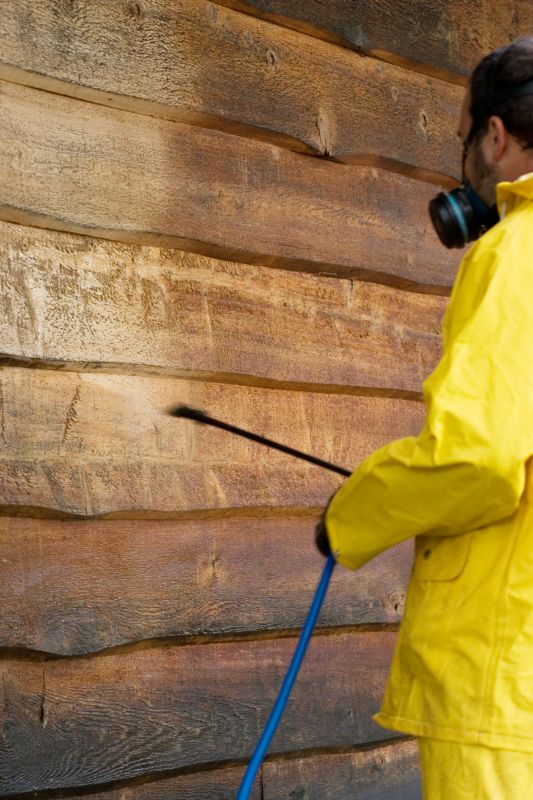
A 60-second routine that keeps Siding Service looking new.
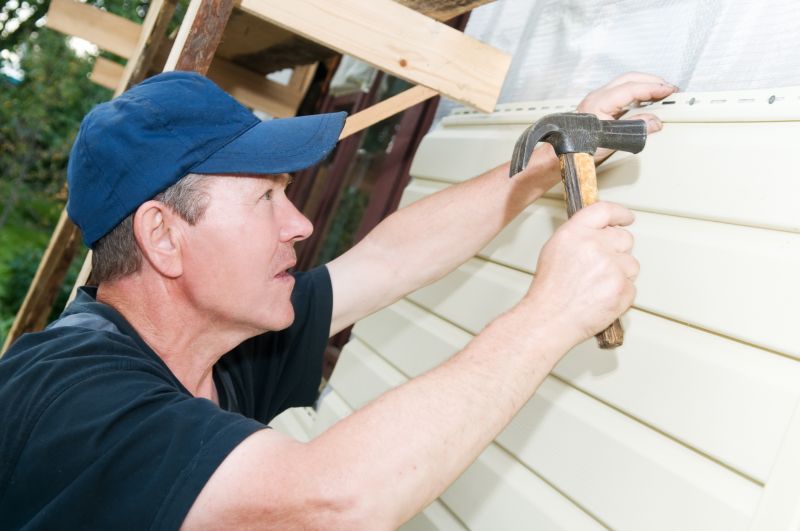
A frequent mistake in Siding Service and how to dodge it.
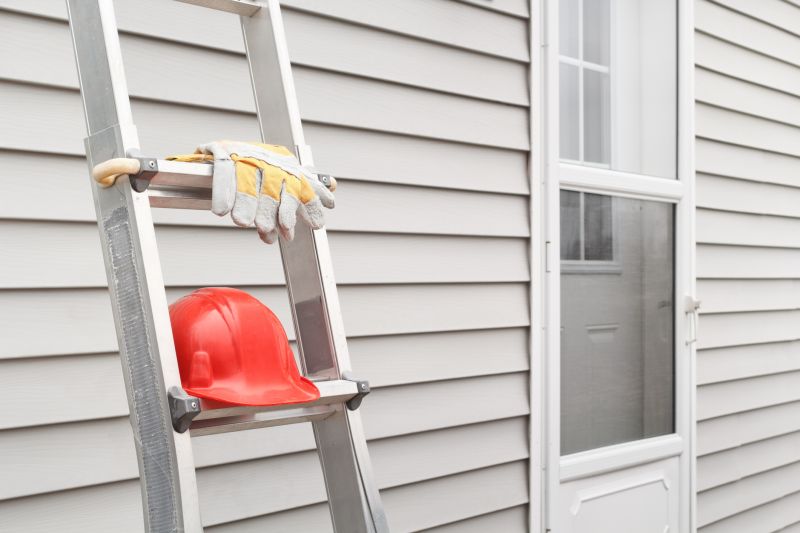
Small tweaks to make Siding Service safer and easier to use.
| Season | Best Practices |
|---|---|
| Spring | Ideal for installation; moderate weather reduces risks. |
| Summer | Suitable early in the season; avoid peak heat. |
| Fall | Optimal for repairs and maintenance before winter. |
| Winter | Not recommended due to cold and weather hazards. |
| Year-Round | Limited to inspections and minor repairs during off-peak seasons. |
Siding service enhances the appearance and protection of a building's exterior. Proper timing ensures siding materials are installed or repaired under conditions that maximize their lifespan. Weather-related factors such as temperature, humidity, and precipitation significantly influence installation quality and durability. For example, siding installed during favorable weather conditions tends to have better adhesion, fewer defects, and longer-lasting performance.
Statistics indicate that scheduling siding projects during spring and early fall can reduce potential issues related to weather disruptions by up to 30 percent. These periods offer a balance between temperature and humidity, fostering optimal conditions for siding materials to perform as intended. Proper timing also minimizes the risk of moisture infiltration, which can cause damage over time.
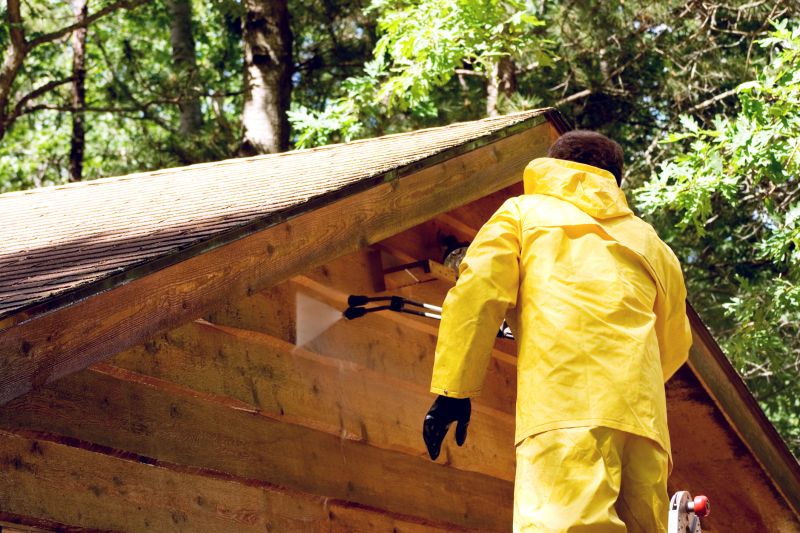
Lower-waste or water-saving choices for Siding Service.

The short, realistic tool list for quality Siding Service.
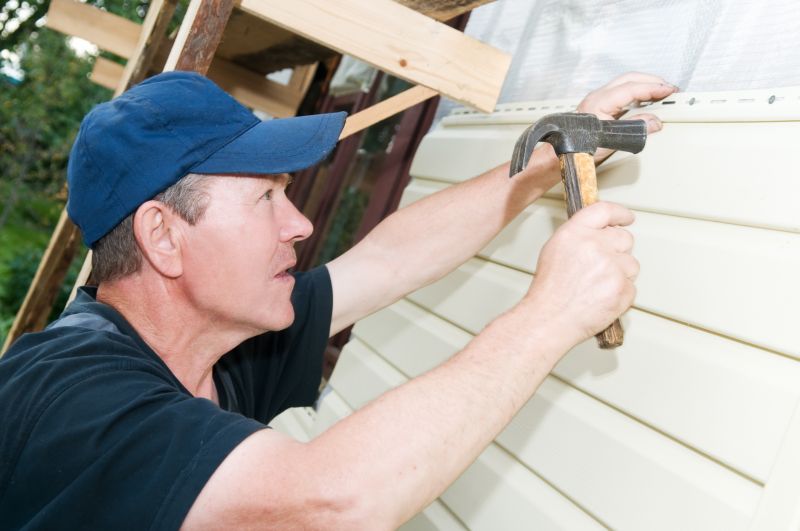
Rough timing from prep to clean-up for Siding Service.
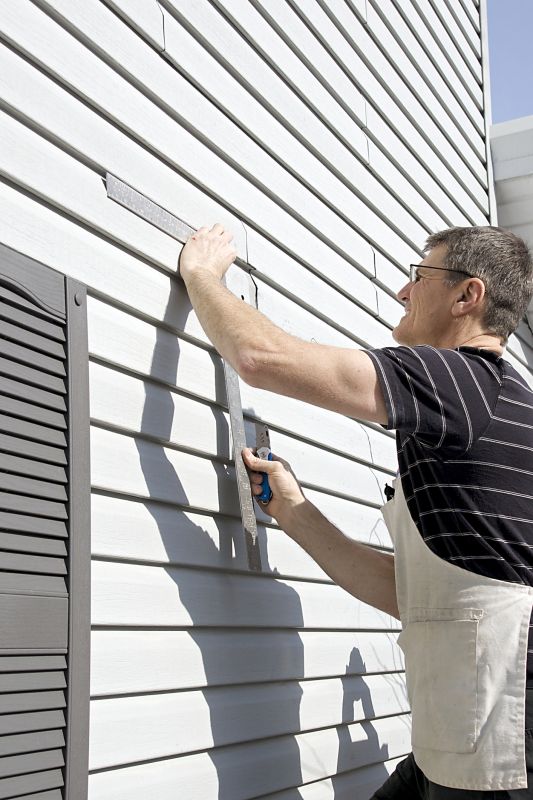
Quick checks and paperwork to keep after Siding Service.
Interested in scheduling siding service? Filling out the contact form provides an opportunity to discuss project timing and requirements with professionals experienced in exterior siding solutions. Proper scheduling ensures the best results and longevity for siding investments.

